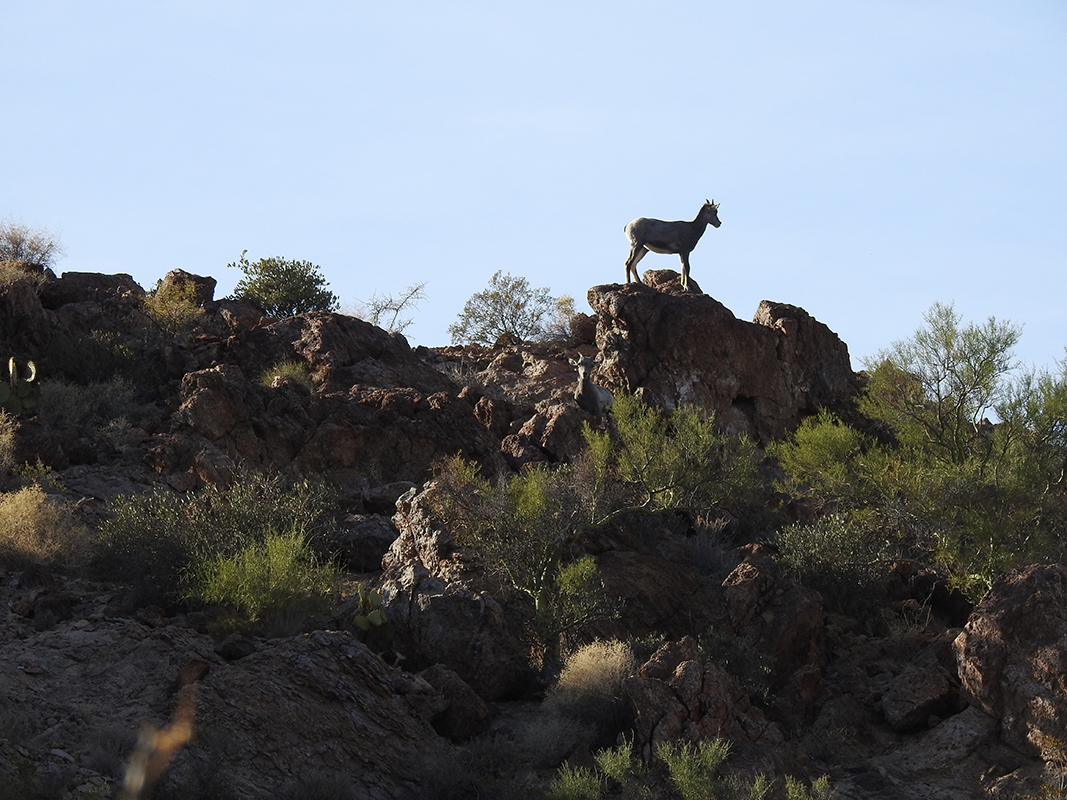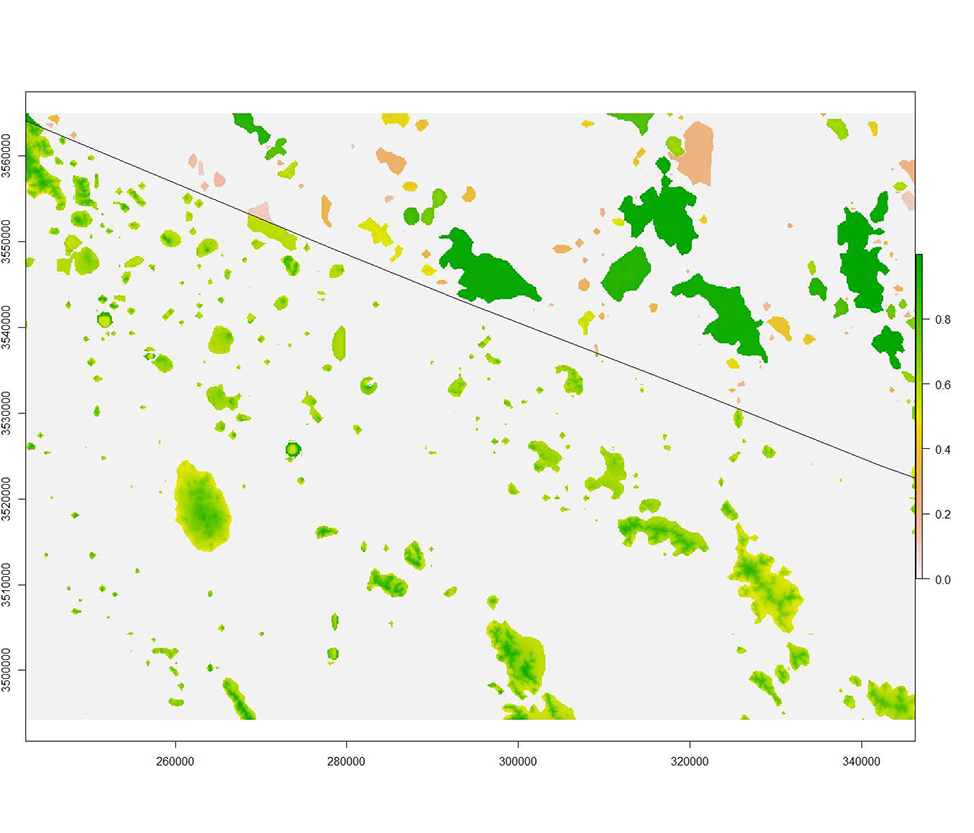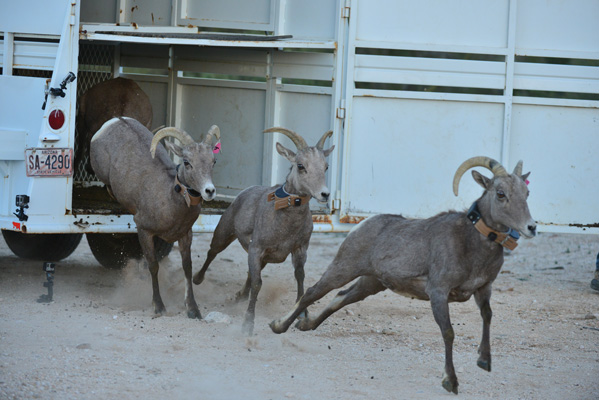.jpg)
Andrew Antaya
Andrew received his B.S in Fish and Wildlife Sciences from Paul Smith's College in 2013. Andrew has worked with endangered songbirds in Texas, endangered pronghorn, and endangered bats in Arizona.
.jpg)
Andrew received his B.S in Fish and Wildlife Sciences from Paul Smith's College in 2013. Andrew has worked with endangered songbirds in Texas, endangered pronghorn, and endangered bats in Arizona.

Protected areas are often created to buffer wildlife from the supposed effects of human activity. However, we still don't fully understand how wildlife respond to human activity nor how these responses can influence species distrubitons.

Describing the magnitude of the effects of human activity is often precluded by the indirect ways we pursue inquiry in the natural world. Where the U.S.-Mexico boundary bissects the Sonoran desert, similar landscapes can be found on both sides but with very different levels of human actvity. This region creates an ideal system for examining the impacts of human activity on wildlife, such as the impacts of border related human activity on bighorn sheep, a species of high conservation interest to local communities. Species encounters on line transects, while simultaneously scoring human activity on those transects, offers scope to examine how human activity affects space-use in this region.

Andrew is using hierarchcial occupancy models to describe how bighorn sheep space use responds to human activity. He is also exploring if these responses differ between sheep in Mexico vs. the US. He is also using integrated models to forecast sheep distributions across the region and simulate hypothetical respondes to changes in human activity.

Large species use large spaces and often cross multiple geo-political boundaries as they seek food, water, and mates. Such broad space use creates challenges when trying to identify drivers of population dynamics. Identifying drivers of sheep distribution and modelling spatal variation in use will aid local wildlife and land management agencies as they seek to conserve bighorn sheep populations.